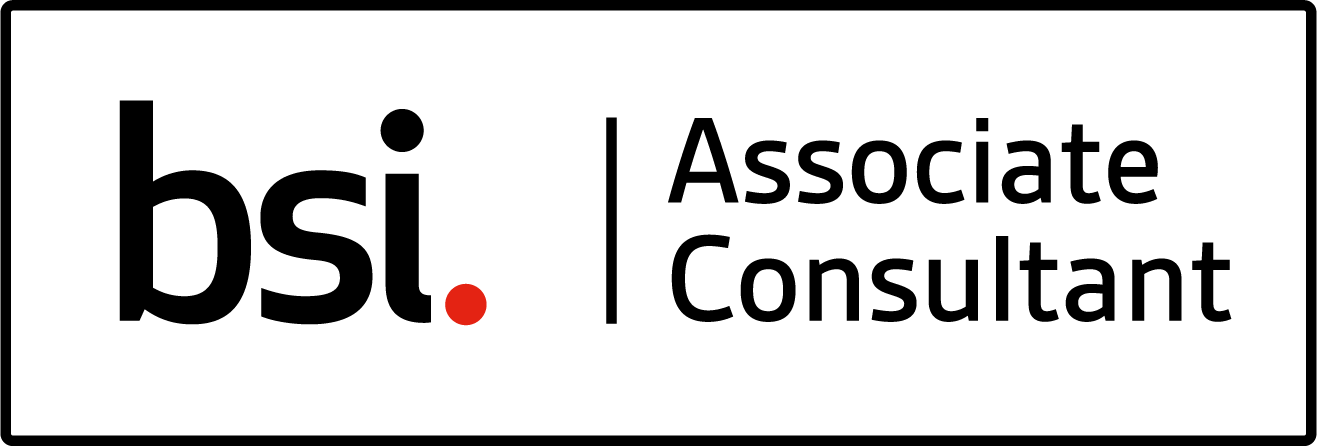I wrote this article over 4 years ago and I find that it is still true today. However when an organisation focuses on ISO certification the barriers are broken down, people realise their common goals and reduce duplication of effort. I have decided to republish an updated version using the last 4 years of ISO implementation experience that has helped others break down the barriers and work together.

Have you ever worked in a company where each department or section works by their own rules and give out a feeling that their department priorities are their only priorities? The term often used for this setup is Silos, the culture is known as the Silo Mentality. This is a mindset present when certain departments or sectors do not wish to share information with others in the same company. This type of mentality will reduce efficiency in the overall operation, reduce morale, and may contribute to the demise of a productive company culture.
I could write a whole article about silos in companies, but I want to concentrate on projects that are failing and how to get them back on plan in an organisation with a strong Silo Mentality.
In this time of fast communications, instantaneous access to massive amounts of information we would hope that siloed, hierarchical, fragmented processes and cultures in organisations would have been a thing of the past but unfortunately this is not the case. The Silo Mentality is still here. If organisations adopted a process that was focused and sped up decision making it would give them an edge in their market. Even in medium sized ones it can happen, for example, I worked for a company of 50 people where each department fiercely protected their area and refused to voluntarily share information and resources. They often had duplicated projects which the output was often poor in quality or failed, purely because they did not communicate with the each other.
Jack Welch (CEO of General Electric between 1981 and 2001) recognised the need for the General Electric to be a “boundaryless organisation” to create shorter decision cycles, more employee engagement, and stronger collaboration. He developed the Work-Out process to improve cross-boundary collaboration, a series of structured and facilitated forums, bringing people together across levels, functions, and geographies to solve problems and make decisions in real time.
For example, a large company is working on a cross department project that is not making any progress. This is because the members of the project team priorities their department’s work over the project. This could be no fault of their own, their manager is controlling their work program, they are not aware of the importance of the project, who the project team members are and what their role in it is, and on top of that the project manager is finding it hard to coordinate and keep everyone focused. The project is not meeting deadlines and the budget is expanding.
When implementing ISO 27001 (Information Security) or ISO 22301 (Disaster Recovery and Business Continuity) department members recognise the over depatment’s activities and the importance they have on the working of a successful organisation. It was a great opportunity to develop Work-Out processes to improve collaboration and speed up decision-making across the various organisational boundaries. A Work-Out is to gather all the key members of the project team, a neutral facilitator, the project manager who will have defined the issues and pulled together the relevant data, and an executive who can be the on the spot decision maker. The Work-Out consists of 2 parts possibly over two days, with a number of sessions in each. The first part deals with certain areas for hammering out the solutions, for example, software engineers could define the needs for a customer’s application and embedded security. The second part is a “Town Meeting” where all the solutions from the first part are presented to the executive who will make the decision to authorise them.
A Work-Out brings important players of the project together and helps them develop a solution quickly since it allows for the boundaries within an organisation to be removed, the team to focus and solutions to be sanctioned. This in turn breaks the silo culture without restructuring the company, increases the focus of team members and therefore speeds up the decision making process. A boundaryless organisation will become a reality.
The Work-Out solution works well but you if there is a good communication plan and with executive backing cross organisation decisions are made with reduced, if any, resistance. This can be part of your ISMS, with it’s training and shared objectives.
The end result is greater understanding, reduced duplication of effort, increased efficiency and resource saving, which is what everyone wants, right?




